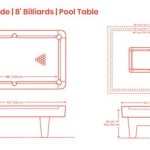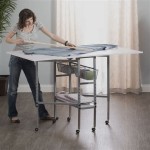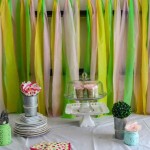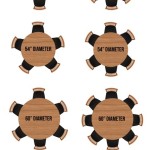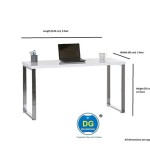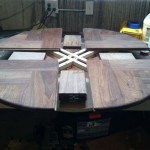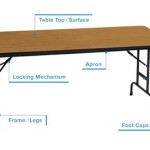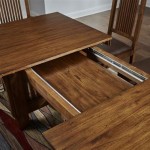How to Make a Bamboo Table
Creating a bamboo table is a rewarding project that combines natural beauty with rustic charm. Bamboo, with its inherent strength and sustainability, provides a unique and durable material for crafting furniture. This guide outlines the steps involved in building your own bamboo table, from selecting materials to finishing touches.
1. Selecting and Preparing Bamboo
The most crucial step in creating a bamboo table is choosing the right bamboo. Opt for culms that are mature, straight, and free from defects. Younger bamboo may be too pliable and prone to warping. Look for culms with a diameter suitable for the intended tabletop thickness.
Once you have your bamboo, thoroughly clean it. Remove any dirt, debris, and loose bark. You may need to use a wire brush or sandpaper to achieve a smooth surface. This ensures a clean and even finish.
Depending on the chosen bamboo type, it might be necessary to season or dry it. Seasoning reduces moisture content, preventing potential warping or cracking during the construction phase.
2. Cutting and Assembling the Tabletop
Using a saw, carefully cut the bamboo culms to the desired length for the tabletop. If creating a rectangular tabletop, ensure the lengths are consistent for a uniform appearance.
There are numerous ways to assemble the bamboo tabletop. One common method involves drilling holes near the ends of each bamboo culm. Use dowels or bamboo skewers to connect the culms. Alternatively, you can use wood glue and clamps to join the culms.
If you're creating a round or oval table, carefully curve the bamboo culms to achieve the desired shape. Use clamps to hold the culms in place while the glue dries.
3. Constructing the Table Legs
Select strong bamboo culms for the table legs. Cut them to a length that provides the desired height for your table.
You can create simple table legs by leaving them straight. For a more intricate design, consider tapering the ends or creating a unique shape.
To secure the table legs to the tabletop, drill holes through the tabletop and into the legs. Use dowels, screws, or other suitable fasteners. Another approach is to create a frame with bamboo strips to connect the legs and tabletop. This frame can be attached with glue and dowels.
4. Finishing the Table
Once the table is assembled, you can apply a finish for protection and aesthetic appeal. Apply a wood sealant or varnish to protect the bamboo from moisture and prevent discoloration. You may choose a clear finish to highlight the natural beauty of the bamboo or opt for a colored stain to enhance the table's appearance.
Sanding between coats can create a smooth and even finish. Allow sufficient drying time between coats for proper adhesion and durability.
5. Additional Design Considerations
To personalize your bamboo table, you can explore incorporating other design elements.
For a rustic touch, consider adding woven bamboo accents to the tabletop or legs. You can also create decorative patterns by inlaying different types of bamboo or other wood.
Adding a decorative bamboo skirt or apron around the table can enhance its visual appeal. This can be created by weaving thin bamboo strips or using a pre-made bamboo skirt.
Ultimately, your creativity and artistic vision will shape the final design of your bamboo table.

How To Make A Bamboo Table With Splitter Ilrated Guide

How To Make A Bamboo Table Drink Tea Simple At Home Furniture

How To Make A Bamboo Table Drink Tea Simple At Home Furniture

This Bamboo Coffee Table With Its Simple Yet Striking Design Will Make A Unique Addition To Your Living Furniture Diy Decor

How To Make A Table From Bamboo At Home Craft

Diy Bamboo Furniture Unique And Sustainable Home Decor

How To Make A Bamboo Chair

Make A 3 Legged Bamboo Accent Table 6 Steps With S Instructables

Diy Make This Bamboo Table Lamp Dossier Blog

How To Stain Bamboo 10 Steps With S Wikihow

